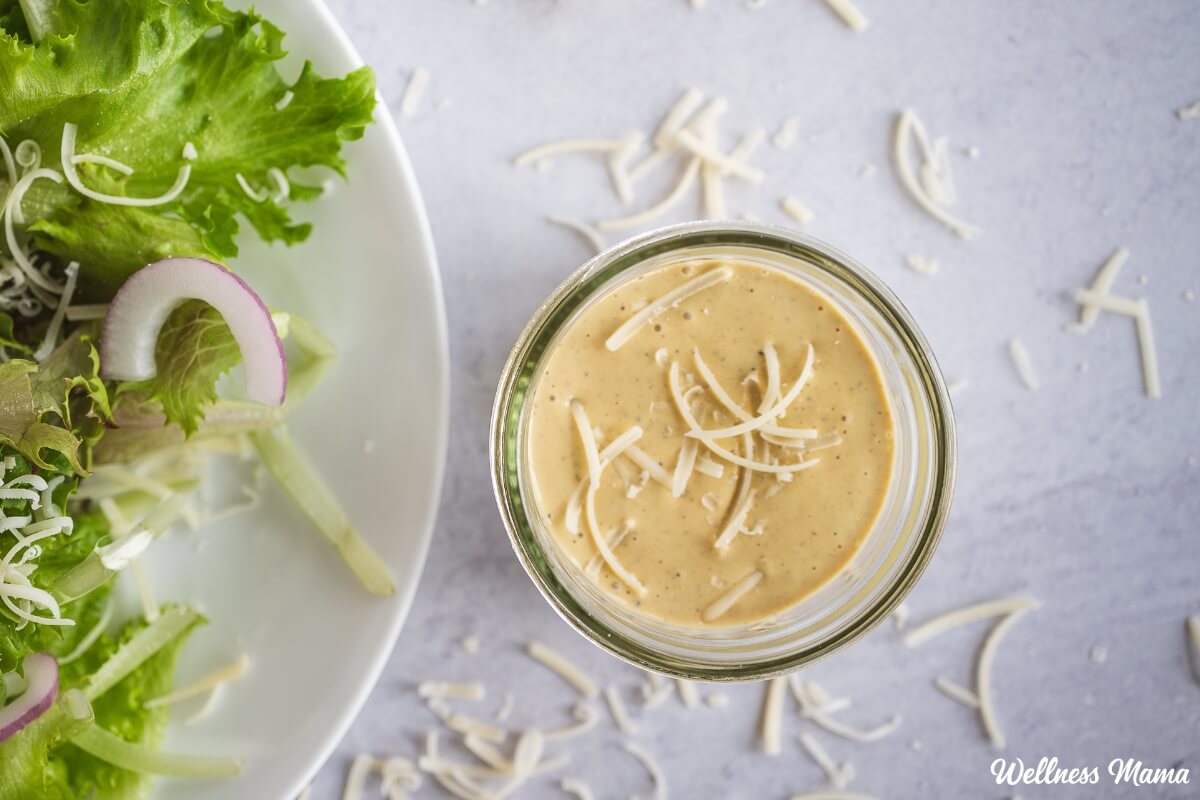Inspiring Italian wines
Fabulously diverse Italian wines to revive and reinspire interest in wine if you’ve had a long Dry JanuaryTerre di Vita Organic Zibibbo, Sicily, Italy 2023 (£9.99, Waitrose) Thanks to Dry January, February is the beginning of the new wine-drinking year for many of us (about nine million adults take part in the initiative according to Alcohol Change, the charity behind it). In the spirit of the fresh start, then, this week strikes me as being the perfect time to give tired drinking habits leftover from last year a bit of a makeover – and no wine country in the world is better equipped to do that than Italy. There are more than 500 indigenous grape varieties spread around the Italian peninsula and islands, with vineyards, and distinctive wine cultures, in all of the country’s 20 administrative regions. For a sense of the sheer range and contrast you could begin at either end of an A to Z: a lush, darkly bittersweet heavyweight Amarone red made from dried grapes in Valpolicella in the northeast such as M&S Collection Amarone Montresor 2021 (£24, M&S) and an unashamedly floral, pretty, gently peachy-grapey dry white from a Sicilian member of the muscat family, zibibbo.Cascina Alberta Barbera d’Alba, Piedmont, Italy 2022 (£17.50, hhandc.co.uk) Having started in Valpolicella near Verona in the Veneto, the next logical step on a snaking February tour of Italian reds would be on the other side of northern Italy in Piedmont. The Nebbiolo variety, ingredient of the region’s most famous red, Barolo, is the red star here; but my choice this time is the less widely heralded, if in fact rather more widely planted, barbera, as exemplified in the completely delightful example from Cascina Alberta; with its characteristically enlivening streak of tomato/red plum acidity and a squirt of tangy red cherry it’s a prime example of Italian red wine’s wonderful food-matching capabilities (I would have it with any kind of wintry pasta and ragu). Sangiovese, the dominant red variety across Central Italy, especially Tuscany, has similar tangy food-friendliness, not least in Tesco’s true-to-type, savoury Finest Chianti Classico Riserva 2019 (£10.50). And the last red stop is back in Sicily, for the outstanding value offered by the suavely, richly, darkly plummy Extra Special Sicilian Reserve Red 2020 (£7.47, Asda). Continue reading...

Fabulously diverse Italian wines to revive and reinspire interest in wine if you’ve had a long Dry January
Terre di Vita Organic Zibibbo, Sicily, Italy 2023 (£9.99, Waitrose) Thanks to Dry January, February is the beginning of the new wine-drinking year for many of us (about nine million adults take part in the initiative according to Alcohol Change, the charity behind it). In the spirit of the fresh start, then, this week strikes me as being the perfect time to give tired drinking habits leftover from last year a bit of a makeover – and no wine country in the world is better equipped to do that than Italy. There are more than 500 indigenous grape varieties spread around the Italian peninsula and islands, with vineyards, and distinctive wine cultures, in all of the country’s 20 administrative regions. For a sense of the sheer range and contrast you could begin at either end of an A to Z: a lush, darkly bittersweet heavyweight Amarone red made from dried grapes in Valpolicella in the northeast such as M&S Collection Amarone Montresor 2021 (£24, M&S) and an unashamedly floral, pretty, gently peachy-grapey dry white from a Sicilian member of the muscat family, zibibbo.
Cascina Alberta Barbera d’Alba, Piedmont, Italy 2022 (£17.50, hhandc.co.uk) Having started in Valpolicella near Verona in the Veneto, the next logical step on a snaking February tour of Italian reds would be on the other side of northern Italy in Piedmont. The Nebbiolo variety, ingredient of the region’s most famous red, Barolo, is the red star here; but my choice this time is the less widely heralded, if in fact rather more widely planted, barbera, as exemplified in the completely delightful example from Cascina Alberta; with its characteristically enlivening streak of tomato/red plum acidity and a squirt of tangy red cherry it’s a prime example of Italian red wine’s wonderful food-matching capabilities (I would have it with any kind of wintry pasta and ragu). Sangiovese, the dominant red variety across Central Italy, especially Tuscany, has similar tangy food-friendliness, not least in Tesco’s true-to-type, savoury Finest Chianti Classico Riserva 2019 (£10.50). And the last red stop is back in Sicily, for the outstanding value offered by the suavely, richly, darkly plummy Extra Special Sicilian Reserve Red 2020 (£7.47, Asda). Continue reading...






























.png)





















![‘Companion’ Ending Breakdown: Director Drew Hancock Tells All About the Film’s Showdown and Potential Sequel: ‘That’s the Future I Want for [Spoiler]’](https://variety.com/wp-content/uploads/2025/02/MCDCOMP_WB028.jpg?#)
























